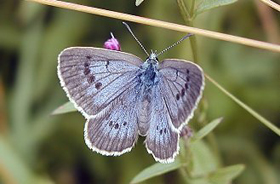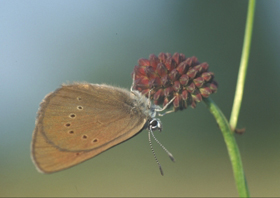WP 6: Genetics and Physiology
Objectives of WP 6:
work package 6 focuses on long-term variation and effects of population structure and dynamics, using genetic and physiological techniques, including chemical analyses of co-evolution within Maculinea systems. The aim is to examine whether distinct races exist within the species of butterfly, parasitoid and host ant in different regions of Europe, adapted to regional patch dynamics and climate. At a local level, the results will also identify the extent to which small isolated populations experience genetic deterioration, and will help quantify the long-term exchange rates between populations in the past. The work package will aim:
- To assess typical patterns of population differentiation at neutral genetic markers and evaluate the differences between Maculinea species and the consequences of these differences for conservation measures.
- To characterise genetic and physiological variation related to host race formation connected to differences in food plant use and host ant use among local populations of the same Maculinea species.
- To develop powerful nuclear and mitochondrial DNA markers allowing in-depth studies of migration patterns and effective population sizes.



Microsatellite, mitochondrial and nuclear DNA markers are being developed to quantify the genetic biodiversity of Maculinea in Europe. These will contribute to targeting conservation efforts more accurately. Furthermore, we are studying the chemical and genetic basis of host specificity among Maculinea species across Europe, to determine whether additional cryptic species or sub-species exist. Population genetic studies will allow a broad assessment of the extent to which current fragmented populations of Maculinea are still part of a functioning metapopulation or isolated fragments which rapidly lose genetic variation and are unlikely to survive in the long run. The application of mitochondrial markers will enable the reconstruction of the phylogeography of European Maculinea and help to identify appropriate taxonomic levels for conservation.

